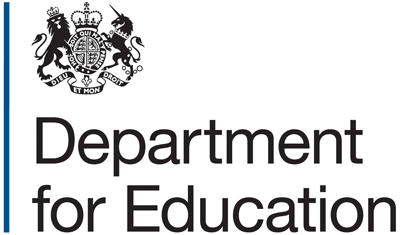This page includes data about post-16 qualifications.
Post-16 attainment represents qualifications gained beyond the national curriculum (Key Stages 1 to 4). These qualifications are at various levels.
Attainment of level 3 state-funded students aged 16, 17 or 18 at the start of the academic year, ie 31 August.
Covers all state-funded mainstream schools, academies, free schools, city technology colleges (CTCs), state-funded special schools and FE sector colleges. Excludes pupil referral units (PRUs), alternative provision (AP), hospital schools, non-maintained special schools, other government department funded colleges, independent schools, independent special schools and independent schools approved to take pupils with special educational needs (SEN).
Level 3 qualifications are:
- A level
- access to higher education diploma
- advanced apprenticeship
- applied general
- AS level
- international Baccalaureate diploma
- level 3 award
- level 3 certificate
- level 3 diploma
- level 3 ESOL
- level 3 national certificate
- level 3 national diploma
- level 3 NVQ
- music grades 6, 7 and 8
- tech level
Changes for the academic year 2015/16
There have been a number of reforms to 2016 performance tables, which have had an impact on the way the statistics are calculated:
Changes to the vocational qualifications that can count
In 2016, the recommendations from Professor Alison Wolf’s Review of Vocational Education will take effect for the first time in 16-18 performance tables and also in the calculation of the data underpinning this SFR.
This means that the measures only include vocational qualifications that are on the approved list of applied general or tech level qualifications. Applied general qualifications: level 3 (advanced) qualifications that provide broad study of a vocational subject area e.g. a level 3 certificate/diploma in business or applied science. Tech level qualifications: level 3 qualifications for students wishing to specialise in a technical occupation or occupational group e.g. a level 3 diploma in construction or bricklaying.
Changes to the points assigned to grades
A new point score system will be used in both the 2016 performance tables and this dataset. The old system used a scale of 150-300 for A levels, where a grade A* was given 300 points and a grade E was equal to 150 points. The new system uses a simpler scale of 10-60 points for A levels, where a grade A* is given 60 points and a grade E is given 10 points.
The new system reduces the size of the gap between a fail grade (0 points) and the lowest pass grade, which was previously much greater than the gap between other grades. This means that, considered in isolation of other changes to the data, fail grades will not have as large a negative impact on average point scores.
New rules for how students are included in measures
A level, academic, applied general and tech level students
When reporting average attainment for students that study A level, academic, applied general or tech level qualifications, only students who have entered for qualifications at least a certain size are included. This ensures that the students included are broadly comparable.
Previously, students were only included if they had entered for at least one qualification the size of an A level in the reporting year. This meant that any students who had only entered for qualifications the size of half an A level e.g. an AS level, were not reported.
This year, in line with changes to performance tables, the threshold for inclusion to the size of half an A level has been lowered. This means that now students who are at the end of 16-18 study and have studied for only an AS level (or similar sized vocational qualification) are included.
Changes to measures for A level students
The dataset reports additional average attainment measures for A level students, for example the average grade in a student’s best 3 A levels and the proportion of students achieving AAB (in at least two facilitating subjects). These apply to a different subset of A level students. The AAB measure has changed since last year, and now only includes students that are on A level-only programmes. Students must have entered at least one A level (not including applied A levels or AS levels), and not studied other substantial academic, applied or technical qualifications.


